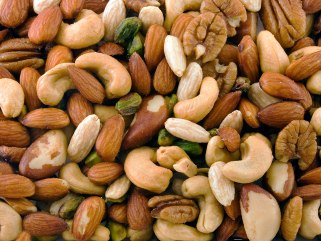
Heavily promoted male hormone products may be sending men flocking to stores, but their next stop may be the emergency room, according to a new study published Wednesday.
The research confirms earlier studies that show men with heart disease double their risk of heart attack soon after they start using testosterone gels or other supplements. And testosterone doubled the risk in men over 65 with or without heart disease.
“Patients and their physicians should discuss the risk of heart attacks when considering testosterone therapy,” said Sander Greenland, a professor of epidemiology at the UCLA Fielding School of Public Health, who led the study.
It’s a similar pattern to women using hormone replacement therapy after menopause — doctors used to think it lowered the risk of heart attacks and cancer, but it in fact has the opposite effect.
The study, published in the Public Library of Science journal PLoS ONE, confirms the results of several smaller studies. One published in November found that the use of “low T” therapy boosted the risk of serious problems including heart attack, stroke and death in men who already had heart trouble and who had low testosterone.
And another one released in December found that men with higher levels of the male hormone are more likely to have weak or no response to a flu vaccine, meaning that their bodies don’t mount a strong defense.
Nonetheless, the testosterone products are very heavily marketed to older men. And an influential essay in the New York Times Magazine, titled “The He Hormone,” brought even more attention to the idea of “man-opause”.
Greenland’s team, along with experts at the National Cancer Institute and Consolidated Research, Inc., looked at the records of more than 55,000 men. Heart attack rates more than doubled in men over 65 in the 90 days after getting a testosterone prescription, and it more than tripled for men 75 or older.
To be sure, they compared the men getting testosterone to those getting prescriptions for erectile dysfunction drugs, as the two groups are similar in many ways. The ED drugs, which include brands such as Viagra and Cialis, only very slightly raised the risk of heart attack.
“Taken together, the evidence supports an association between testosterone therapy and risk of serious, adverse cardiovascular-related events — including non-fatal myocardial infarction (heart attack) — in men,” they concluded.
Source: NBC news








 A new study by Indian origin researcher has suggested that diabetic people have a 30 percent less chance of dying if they undergo coronary artery bypass surgery rather than opening the artery through angioplasty and inserting a stent.
A new study by Indian origin researcher has suggested that diabetic people have a 30 percent less chance of dying if they undergo coronary artery bypass surgery rather than opening the artery through angioplasty and inserting a stent.